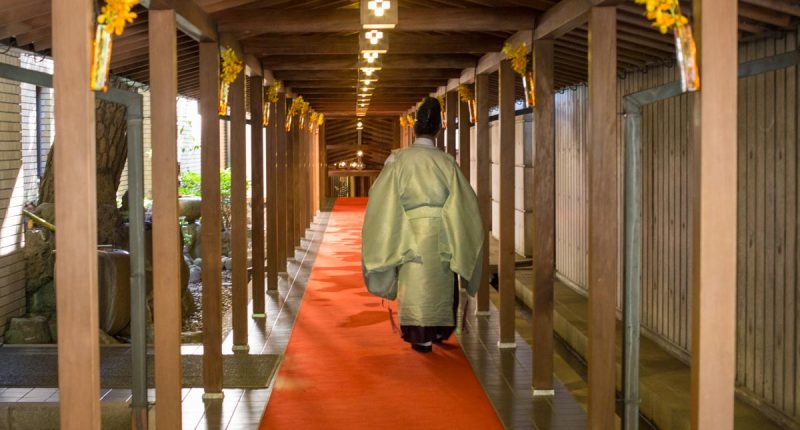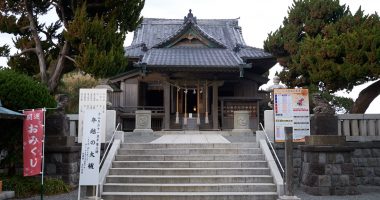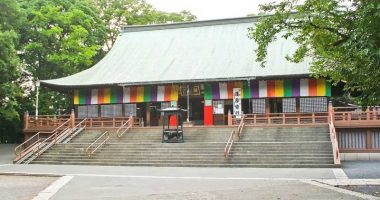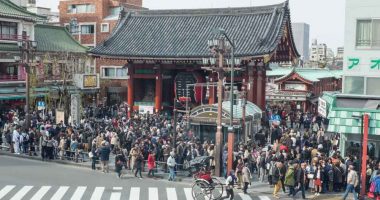A shrine north of Roppongi established in 1923 and dedicated to General Nogi Maresuke and his wife, Nogi Shizuko. Nogi Maresuke was born in present-day Yamaguchi Prefecture in 1849 into a samurai family and was appointed a major in the Imperial Army at the age of 21. Rising through the ranks he was one of the privileged few that was sent to Germany in the late 1880s to study modern warfare, as Japan set itself on an expedited course of industrialization and modernization. He used the skills he learnt overseas in the First Sino-Japanese War (1894-95) and later in the Russo-Japanese War (1904-05). In the latter campaign, he believed that he bore personal responsibility for the thousands of Japanese who lost their lives during the Siege of Port Arthur and beseeched Emperor Meiji to allow him to commit suicide—a request that was refused.
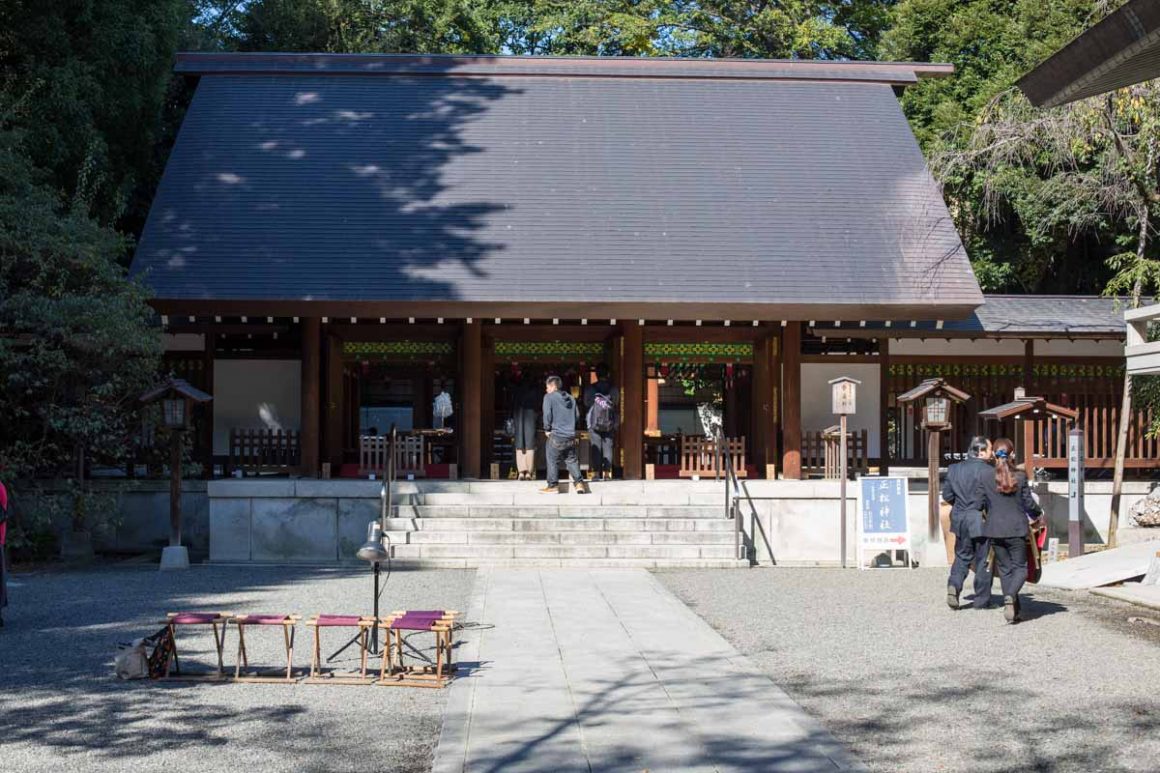
Upon hearing of the passing of Emperor Meiji in 1912, Nogi Maresuke and his wife decided to take their own lives as a sign of loyalty. He killed himself by seppuku (ritual disembowelment); she by slitting her throat with a knife. They committed this act in their own home and it was decided to build the shrine within the family grounds afterwards. The house is only open twice a year, but you can peek inside from the wooden balcony outside, as well as wander around the garden.

